Working with scents and aromas is a powerful thing. Scents can evoke memories and emotions in a person and that is truly part of the magic of soapmaking. As soapmakers, the scents we choose for our soap reflect emotions, memories, places and so many other things. We’re inspired to make soap scented with a mix of essential oils that makes us think of a perfume our grandmother used to wear, a garden we used to play in as a child or maybe a mix of spicy oils that remind us of our mother’s kitchen around the holidays. And when someone else, even a complete stranger, holds that bar of soap to their nose and takes in the aroma they will have their own reflection, journey back in time or memory conjured up. And that is a powerful thing.
Both fragrance oils and essential oils are used to scent soap.

(Disclosure: Some of the links below are affiliate links, meaning, at no additional cost to you, I will earn a commission if you click through and make a purchase.)
Fragrance Oils
Fragrance oils are synthetic aromatic oils that are produced in a lab. They are usually made up completely from synthetic components or a mix of synthetic components and natural essential oils. Fragrance oil producers and perfumers are unlimited as to what aromas they can mimic and you’ll find aromas that reflect those naturally found such as lavender, peppermint, orange and more unique ones such as hot fudge sundae, leather, cherry and even puppy’s breath!
Usage in soap: Fragrance oils can typically be added to soap at .5 – 1 ounce per pound of oils. Refer to the supplier’s guidelines and recommended usage rates. If the supplier doesn’t have one, then I would start at .75 ounce per pound of oils and go up or down from there. Most reputable suppliers will be able to recommend usage rates and also will be able to tell you how the fragrance oil reacts in the high pH environment of soap.
There are some considerations when working with fragrance oils.
Discoloration: Some fragrance oils can discolor soap. Vanilla or anything with vanilla can turn your soap various shades of tan and brown. If you choose any bakery type of scent that might contain vanilla, be sure you keep that in mind when choosing your colorants. A green colored soap scented with vanilla turns out to be an ugly murky green tinted tan. There are vanilla color stabilizers on the market but most are not stable past a certain number of months and the soap will turn anyways.
Acceleration: Some fragrances can cause your soap to move fast, get thick quickly or even rice or seize (totally harden up in the pot). Floral and spice fragrances are notorious for acceleration. Adding these types of fragrances to the oils before adding your lye solution can sometimes help with this issue and give you more time to work with fast moving fragrances.
Overheating: Some fragrance oils can cause your soap to heat up and sometimes overheat causing your soap to crack or even mushroom out of the mold. Just like acceleration, these are typically your floral and spice fragrances but can also be random fragrances that come out of nowhere. If you are working with a fragrance oil that makes your soap hot, be sure you soap at cooler temps, don’t insulate your mold and you can even put your soap in front of a fan or in the fridge or freezer to keep the temps down.
It’s best to purchase fragrance oils from a supplier that tests their fragrance oils to ensure they work with cold process soap. Not all fragrance oils are created equal. You also want to make sure the fragrance oils you purchase are cosmetic grade and body safe. You will run across fragrance oils that are created for use in candles or even some that are mixed with DPG (Dipropylene Glycol) for use in oil burners. Don’t use these in soap.
Essential Oils
Essential oils are oils extracted from part or the whole of a plant by distillation or expression. Some common essential oils available to soapmakers are peppermint, lavender, tea tree, orange, patchouli, basil, lemongrass, litsea, anise, plus many more. Essential oils also have therapeutic qualities and just like perfumers, soapmakers mix them together to create synergistic blends especially good for aromatherapy. Essential oils are considered a more natural way to fragrance soap.
The topic of essential oils is too great and important of a topic for me to discuss in a blog post or even a basic soapmaking book. If you’d like to use them, I really encourage some further reading on the topic to learn their properties, uses and contraindications. There are several wonderful essential oil books out there. I highly recommend books by Robert Tisserand (www.roberttisserand.com) or Kayla Fioravanti (www.kaylafioravanti.com).
If you’re looking for essential oils, I HIGHLY recommend Appalachian Valley Natural Products. I love their products and their shipping is super fast!
Usage in soap: Single essential oils or essential oils blends can typically be added to soap at .5-.75 ounces per pound of base oils. However, there are some exceptions. Oils that can be skin sensitizers, such as cinnamon, clove, nutmeg and other spices, should be used in tiny amounts, if at all.
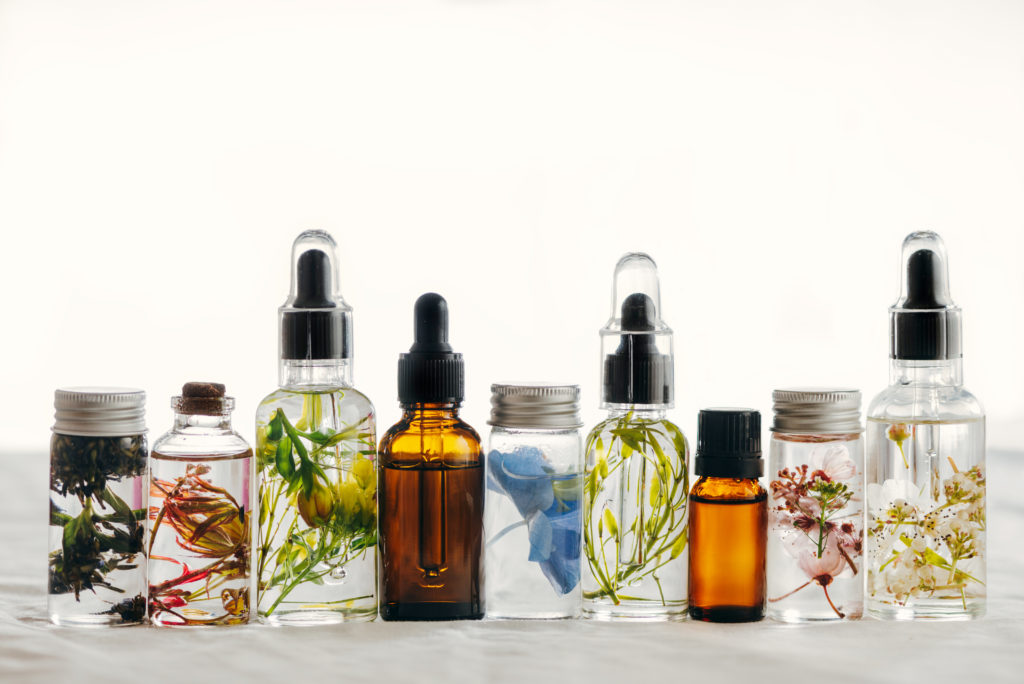
**I recommend using the Essential Oil Calculator, eocalc.com, to determine safe usage amounts in your soap.**
If you are new to soapmaking, here are some suggestions for essential oils to start with and blends to use in your soap.
Lavender – I love lavender in soap. Lavender is balancing, relaxing and if you sell soap, your customers will be asking for it. It blends with so many other essential oils and sticks well even on its own.
Peppermint – Peppermint is another oil that is great on its own or blends well with other oils. Peppermint is great for all year round but is especially popular during the holidays. I also like an essential oil called cornmint (wild mint). It is similar to peppermint but is sweeter to my nose. I always have either peppermint or cornmint in my arsenal of EO’s.
Folded Orange Essential Oil – Who doesn’t like the smell of fresh squeezed oranges? Folded citrus oils seem to have more lasting power in soap.
Litsea Cubeba – Litsea (also known as May Chang) is my personal favorite essential oil. It is lemon smelling, bright and uplifting. It gives my soap that citrus smell without disappearing as quickly as some other citrus oils. It comes from an evergreen tree.
Tea Tree – Tea tree is one of the most useful essential oils out there. I use it on scrapes and bites and other skin issues. Tea tree is anti-bacterial and makes for a great acne soap. It blends well with many other essential oils.
Lemongrass – Lemongrass is bright, refreshing, stimulating and great as a natural insect repellent. I love 100% lemongrass soap but it blends nicely with other oils.
Patchouli – I know, I know. Patchouli is one of those oils that you either LOVE or HATE. With a passion. It is earthy and heavy, rich and dark. If you get patchouli, get aged patchouli. Patchouli is one of those oils that gets better with time. Put 4 oz. into a dark amber jar and hide it somewhere in your house. Find it in a few years. Even if you don’t like patchouli on its own, it is a must have for blending. It anchors and creates depth and drama.
If you’d like more essential oil blend ideas for your cold process soap, check out our eBook Essential Oil Blends for Handcrafted Soap!
Happy Soaping!
Amanda

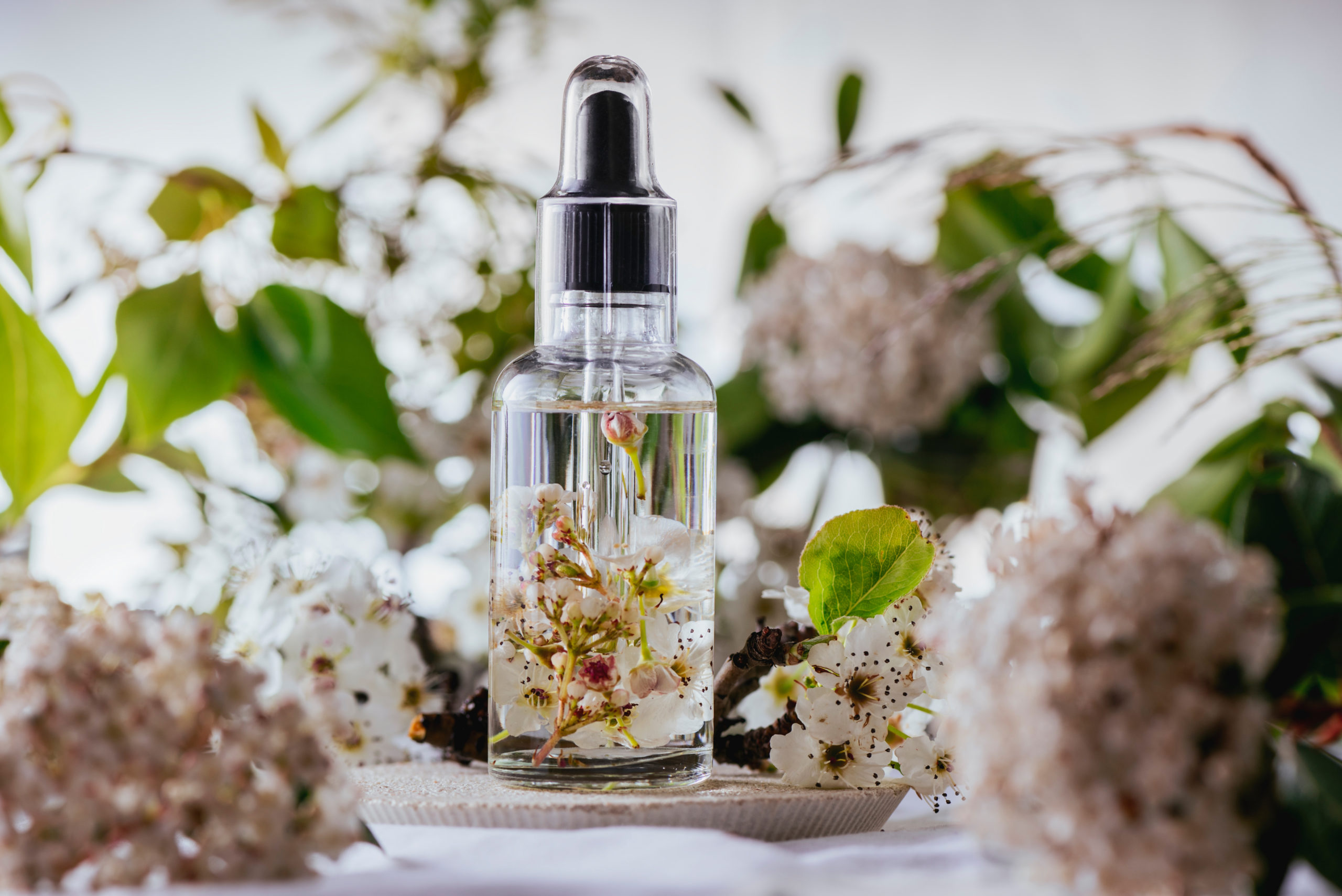
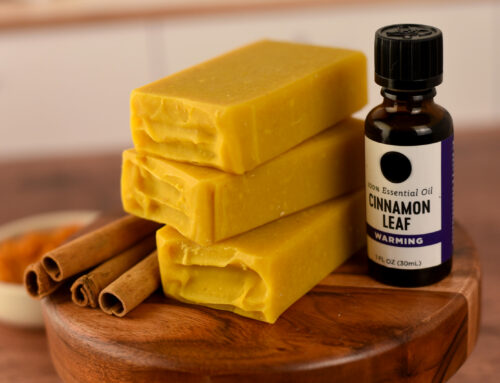
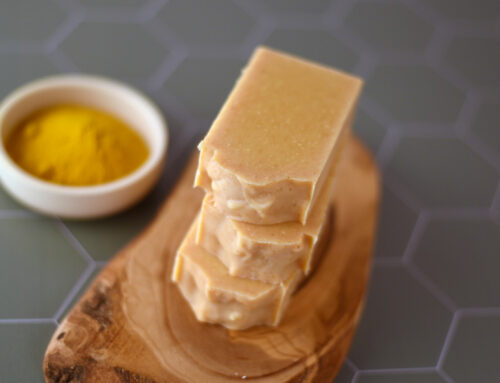
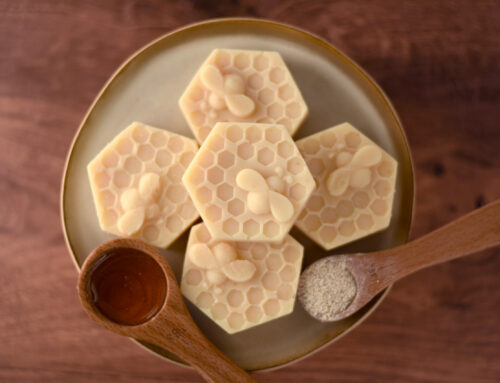
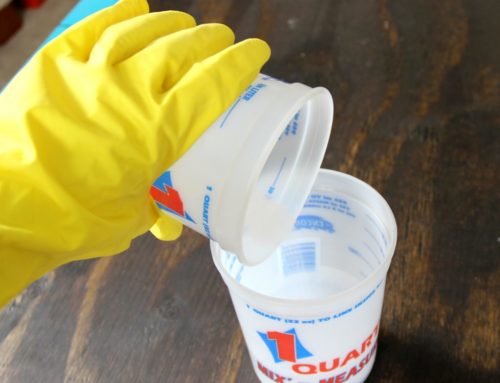

Hello
Amanda Gail,
Essential oils are extracted from various parts of the plant, including leaves, flowers, stems, roots, seeds, bark, fruits, berries, wood, resin, and resins. They can be used topically or ingested orally. Essential oils have been used since ancient times for their therapeutic properties and aromatherapy benefits.